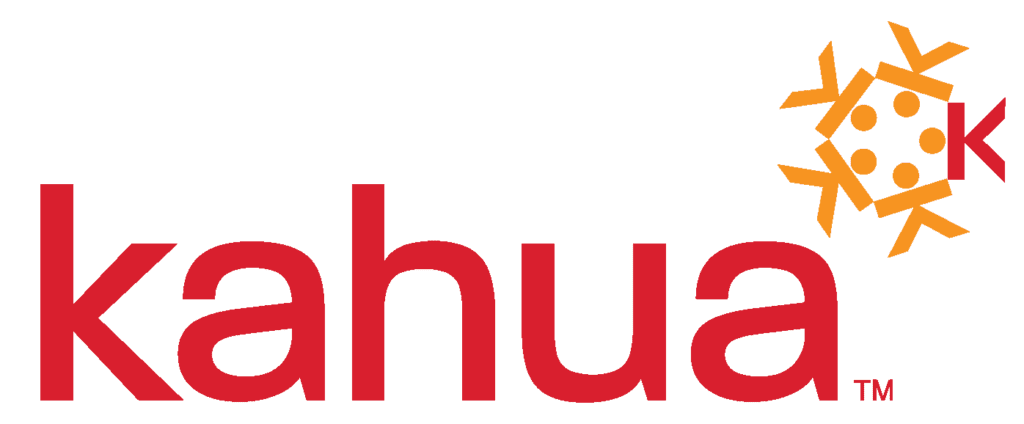5 Common Construction Risks for Owners
Construction risks can have impacts that go well beyond the job site. Significant delays, bloated budgets and contentious working relationships with contractors can occur, not to mention PR disasters waiting to happen if the project becomes unsafe or noncompliant. Awareness of these risks allow owners to mitigate them, saving resources and reputations.
But planning, communication and technology support can help organize the mitigation of risks and keep construction projects on track.
1. Budget Overruns
Providing construction teams with clear budget totals and allocations is easy during the planning stages, but hiccups along the way can quickly rack up painful charges. Inaccurate cost estimates, unexpected changes and project scope creep commonly cause expanded costs.
Some ways to prepare for budget overruns include:
-
Pre-construction planning sessions that examine risks at every project milestone and plan for those difficulties.
-
Contingency funds allocation in the budget to cover potential overruns.
-
Synchronous budget monitoring via centralized cost management tools, allowing you to maintain continuous, real-time access to financial systems, procurement, and field data.
-
Asynchronous budget monitoring via regular meetings and budget reconciliation processes, ensuring expected spend aligns with actual costs.
Communication throughout the process can lessen the prevalence and impact of these overruns, especially when team members can see project changes in real time through a cost management suite. These tools help planning teams structure their game plan, from planning through execution.
2. Delays in Project Timelines
Every project will experience delays due to supply logistics, weather, labor shortages or supply chain disruptions. Planning for the possibility of these delays will mean the team has processes to follow if they happen.
And once the company has documented these risks and reactions, they can reapply them to other projects with just a few tweaks. Some delay-avoidance tactics include:
-
Realistic scheduling that takes into account shipping times, labor needs or seasonal changes.
-
Effective communication with contractors to share updates and changes in real time.
-
Tracking progress with project management software that provides immediate updates and flags delays.
-
Understanding material lead-time to schedule long-lead purchases and installation without waste.
Consistent communication with vendors to understand their market and how that will affect a project could mean the difference between spending extra to store materials for six weeks or overstaffing because the product has yet to arrive.
3. Quality Control Failures
According to a 2024 survey out of the University of Malaysia, most construction quality issues stem from the lack of implementation of quality assurance (QA) or quality control (QC) measures. Job sites that run without quality assurance and quality control measures or fail to follow processes often result in structural defects or safety hazards.
Owners that hope to avoid quality lapses will plan accordingly, building oversight and QA systems that avoid issues. Those plans and practices include:
-
Hiring reputable contractors through an established and repeatable vetting system that includes referral feedback.
-
Conducting regular inspections where safety and quality lapses get addressed.
-
Adhering to industry standards through documented processes and regular audits that uphold or exceed those standards.
4. Regulatory Compliance Challenges
The construction industry must navigate regulatory challenges from several sectors by organizing the needs of these regulatory bodies, planning for compliance checks and preparing to redo work if it fails to meet standards.
Failure to comply results in expenses and delays, which can quickly throw a project off course entirely. Successful construction projects will check with local, regional and federal regulations for:
-
Building codes.
-
Zoning requirements.
-
Environmental regulations.
-
Safety standards.
Owners should stay updated on regulatory requirements throughout the project lifecycle to properly audit the work and address inconsistencies quickly. In addition, owners should contract with experienced professionals with qualified expertise who can confidently navigate the local and regional regulatory landscape.
Permitting Delays
Delays have the potential to derail projects throughout their timelines due to incomplete applications, changes in project scope or even local bureaucratic delays.
Engaging with consultants or legal experts who have experience navigating local permitting offices will help reduce the risk of delay. Digital document organization systems or project management software can also support project teams with deadlines, document collection and approvals as they apply for permits.
5. Safety Concerns
Any construction project comes with a baseline risk of physical damage of materials or harm to employees on the site. However, these risks diminish when owners require and reinforce the use of:
-
Robust safety protocols designed to protect employees, the project and investments.
-
Training programs that uphold the latest safety recommendations and requirements for workers.
-
Proper oversight protocols that double- and triple-check safety requirements set by the owner.
-
Accountability and remediation controls for lapses at all levels of the organization.
Safety protocols protect the owner’s investment, lead to safer workplaces and drive honest communication between parties to uphold those measures.
Effective Methods to Combating Common Risks
These five common construction risks don’t happen on every project. Experienced teams avoid them because they address these risks during planning stages and throughout the project.
Collaboration on meaningful solutions when risks arise can reduce their impact. Further, the latest construction project management technology builds risk avoidance into the entire process. These solutions can lower the probability that risks will derail a project.
Leveraging Technology
Today’s construction management software addresses risks across the project lifecycle by offering tailored solutions for common construction issues. Construction software for owners organizes processes from end to end with timelines, document collection, modeling and communication tools that keep the full team engaged with the latest plans and facilitate owner oversight.
Integrated budgeting systems help teams plan for contingencies and approve substitutions quickly. Dynamic scheduling tools can account for changes with downline effects. Collaboration tools keep the owner in the loop, even when back at the office.
Conducting Regular Risk Assessments
Periodic risk assessments allow the team to find innovative solutions before the risks arise but only if teams schedule their assessments regularly, adhere to that schedule and follow up on any findings.
These sorts of checks and analyses can identify emerging problems like material delays or permitting issues and allow owners to implement corrective actions before risks escalate.
Enhancing Communication and Collaboration
Effective communication between all stakeholders reduces misunderstandings and delays. Implementing progress meetings at regular intervals and key project milestones will keep stakeholders informed and on track.
Shared documentation platforms, ideally those that tie documents to project goals and activities and implement approval and distribution processes ensure everyone has access to the latest documents and plans.
Finally, open feedback channels — where team members feel they can safely share updates and raise concerns during daily work — drive collaboration and honest communication that reduces risks at all points in the project.
Combat Common Construction Risks With Kahua
While construction projects come with a variety of inherent risks, the right tools can help teams build the processes, support systems and collaboration practices that reduce risks.
Kahua construction management suite has solutions for every step of a build project, including budgets, documents, timelines, approvals and more.


